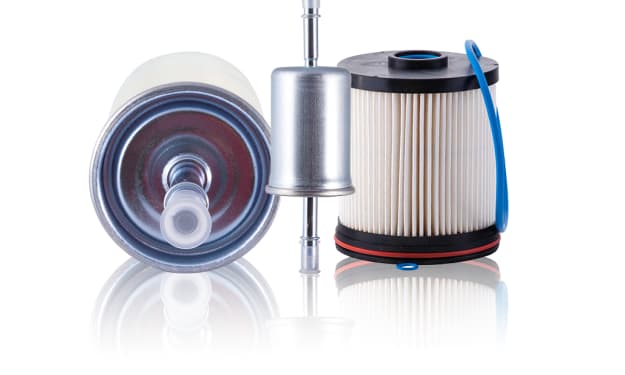How to Recover Lost Data or Files on Windows 11
Learn how to recover lost data or files on Windows 11 using built-in features, data recovery software, and professional services. Safeguard your files and mitigate data loss.
Losing important data or files on your Windows 11 computer can be a distressing experience. However, with the right knowledge and tools, you can increase your chances of recovering lost data. This comprehensive guide will walk you through the step-by-step process of recovering lost data or files on Windows 11, covering various methods and tools available.
1: Check the Recycle Bin
The Recycle Bin is the first place to look for your lost files as they are often temporarily stored there after deletion. Follow these steps to check and restore files from the Recycle Bin:
- Locate the Recycle Bin icon on your desktop and double-click to open it.
- Browse through the files listed and look for the one you want to recover.
- Right-click on the file and select "Restore" to return it to its original location.
2: Use File History
Windows 11 offers a useful feature called File History that creates backups of your files, allowing you to restore previous versions. Here's how you can utilize File History for data recovery:
- Go to Settings by clicking on the Start button and selecting the gear icon.
- In the Settings window, select System and then click on Storage.
- Scroll down and click on "Advanced storage settings" and choose File History.
If File History is enabled and configured with a backup location, you can browse through the backed-up files and restore the desired versions.
3: Utilize Windows Backup and Restore
Windows Backup and Restore is another built-in tool that allows you to create regular backups of your files. If you have set up backups using this feature, follow these steps to restore your files:
- Open the Settings app by clicking on the Start button and selecting the gear icon.
- Go to System and then click on Storage.
- Under the "More storage settings" section, select Backup.
- Click on "Restore files from a current backup" and follow the on-screen instructions to recover your files.
4: Employ Data Recovery Software
If the previous methods did not help recover your lost data, you can turn to third-party data recovery software specifically designed for Windows. These software solutions utilize advanced algorithms to scan your storage devices and retrieve lost files. Here are the general steps to use data recovery software:
- Research and choose a reliable data recovery software such as Recuva, EaseUS Data Recovery Wizard, or Disk Drill.
- Download and install the chosen software on a different drive than the one containing the lost files to avoid data overwriting.
- Launch the software and follow the provided instructions to initiate the scanning process.
- Once the scan is complete, review the results and select the files you wish to recover.
- Choose a safe destination folder on a different drive to restore the recovered files.
5. Use System Restore
If you have created a system restore point before the data loss occurred, you can revert your computer back to that point to recover your files.
- Open the Control Panel on your Windows 11 computer.
- Search for "Recovery" in the Control Panel search bar.
- Select "Open System Restore" from the search results to start the process.
- Follow the on-screen instructions to choose a restore point and restore your system to a previous state, which can recover your lost files if a restore point was created before the data loss occurred.
6: Consult Professional Data Recovery Services
If the data you lost is critical or the previous methods did not yield satisfactory results, it may be time to seek professional data recovery services. Professional data recovery specialists possess advanced tools and expertise to recover data from physically damaged drives or complex scenarios. Keep in mind that professional data recovery services can be costly, and success is not always guaranteed.
Conclusion:
Losing data or files on Windows 11 can be a distressing situation, but by following the step-by-step methods outlined in this comprehensive guide, you can increase your chances of successful data recovery. Start by checking the Recycle Bin and utilizing built-in features like File History and Windows Backup and Restore. If necessary, consider using reliable third-party data recovery software or consulting professional data recovery services. Remember, acting promptly, avoiding further disk activity, and ensuring regular backups are crucial for
About the Creator
hashan tagari
I am a blogger. Love to write Content on new technology, the latest tech news, gaming, gadgets review, and android. I also love to write about pets, health, business, finance, and the latest tips and tricks.







Comments
There are no comments for this story
Be the first to respond and start the conversation.